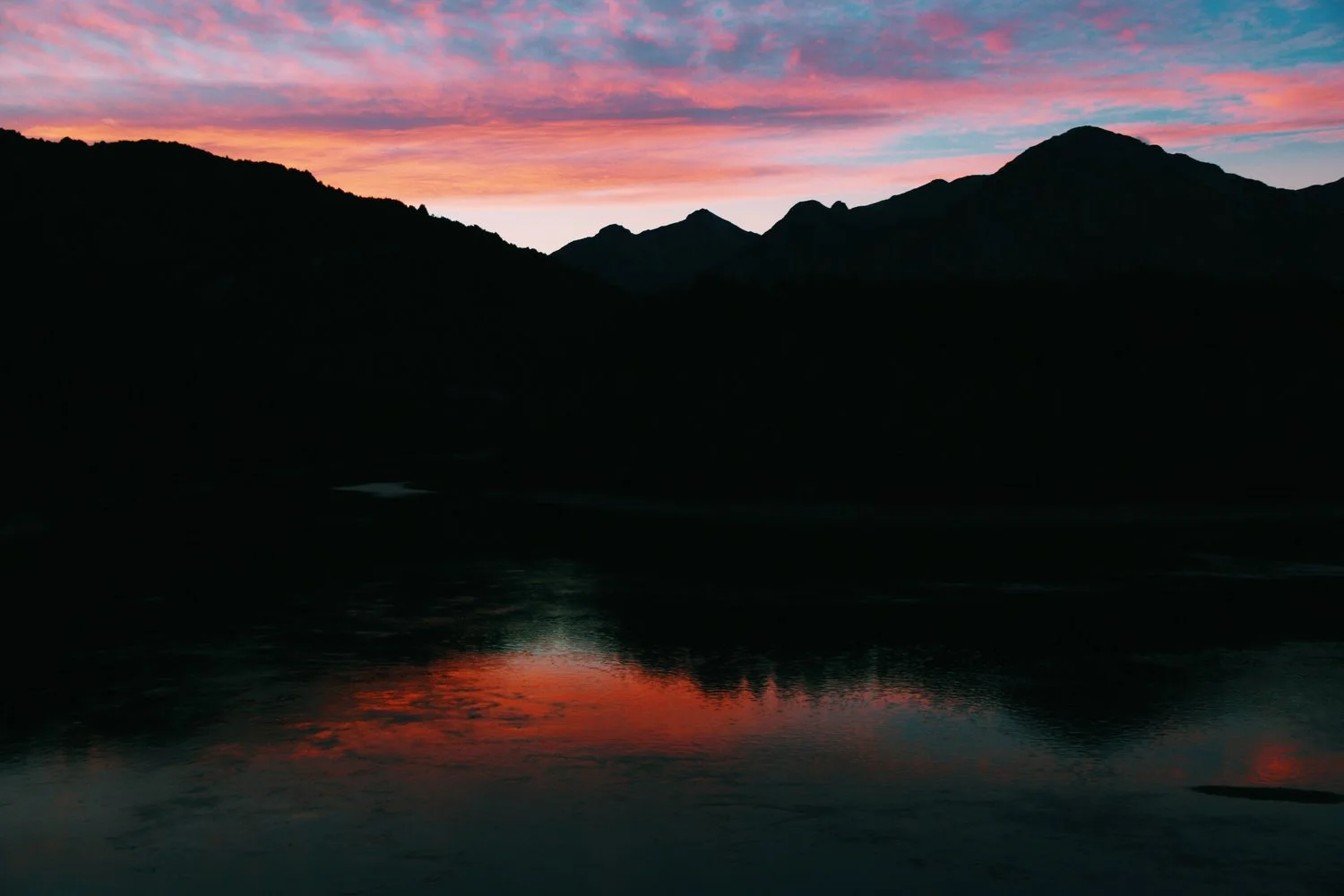Incendios
We had never seen yellow skies like this before. Our rooftop view overlooking the Plaza de Armas in Santiago, Chile was a strange mix of stunning architecture amidst a thick, buttery-colored fog. It wasn't until the next day, as we ate crusty bread with marmalade neatly portioned in tiny plastic cups that the news clued us in on as to why the air was so discolored: Incindios.
Chile was on fire. It was burning through towns and cities all over the coastal country, with ferocious threats of not slowing down. The news flashed with shots of Chilean men running into the flames and swinging tree branches at it with all their might in an attempt to slow its approach. Our noses were running, and ash was coming from the sky, but we still did not quite understand how bad it really was as we toured the bustling city, it's museums, and neighborhoods.
We soon headed west to San Antonio, Chile to receive our truck from the shipping yard. El Puerto (the shipping port) was stacked high with containers that would disappear in the mix of marine layer and smoke above. The sun was so screened by the thickness of sediment in the sky, that we were able to stare directly at it, perfectly round and brilliantly red. It was a breathtaking view despite the contradicting and ugly circumstances.
Once our truck was released from the yard, and we were free, we immediately headed south to the Lakes District with dreams of hiking through all of the legendary "Parques Nacionales". We were turned away, one after another, with signs declaring "Cerrado" (closed) and park rangers warning us of incindios. So again, we headed west towards Concepcion, in hopes that we could drive the coast and allow the beach and ocean to be our refuge. As we drove through the wine country of San Javier towards our destination, the wind picked up and the sky seemed to darken. We wound our way down a two lane road surrounded by lush rows of ripening grapes, and began to notice the yellow skies turning orange, and grey, and red. Trevor halted to a stop on the gravel shoulder and pointed at the trees that rose up from the pasture next to us. The forest was in flames. In front of us, a family was dumping buckets of water onto their small wooden home and scrambling to remove anything flammable from the dirt around them. Families lined the road and did all that they could, which seemed to be to just watch and pray.
We drove on further and literally saw the landscape slowly turn to dust. Everything was gone. Homes, cars, and what was left of crops and vineyards were still smoking. There were signs on the side of the road with "AYUDAME" and "NESISITAMOS AGUA" (Help Me and We Need Water) dangling onto what was left of fences and driveway entrances. It was devastating and heart wrenching.
We were finally stopped behind a line of cars when a policia approached us and told us that we could not go any further, because the fire was crossing the road. We turned the car around and drove back to where we came from and parked the truck at a gas station for the night.
We are now in Argentina after figuring out that these fires were not going away any time soon. We have sat with new friends sharing Yerba mate and listened to them tell us of conspiracies about arson by foreign investors. Nonetheless, around 8,000 people have been displaced, nearly 2,000 homes destroyed, and around 593,000 acres have been burned. Help is and will be needed for quite some time, despite efforts from the U.S. supertanker from Colorado Springs, Russia, and Brazil. We have plans to volunteer once we return to the country and make our drive back north. Once we know more details about how we can help, we will publish information as to how you all at home can help if you would like.
Thank you, and stay safe, happy, and healthy!
-Bree and Trevor





